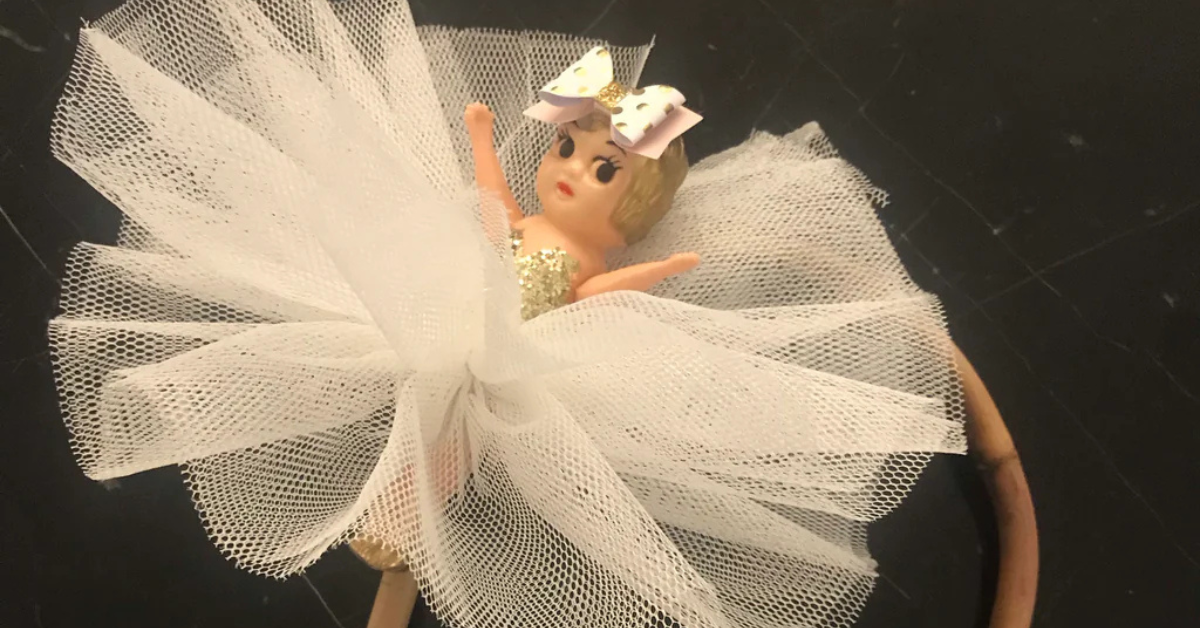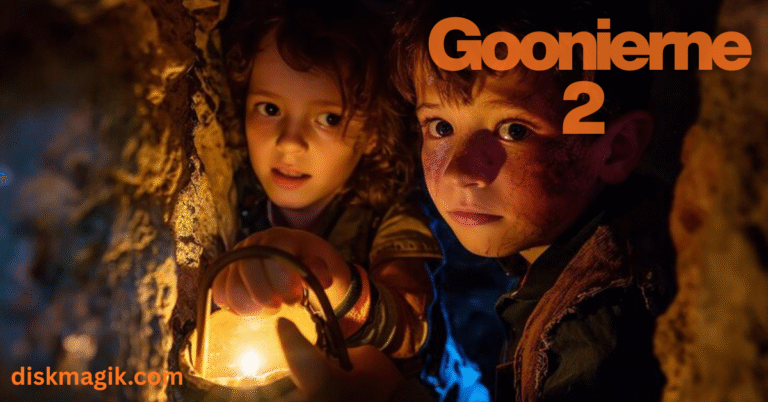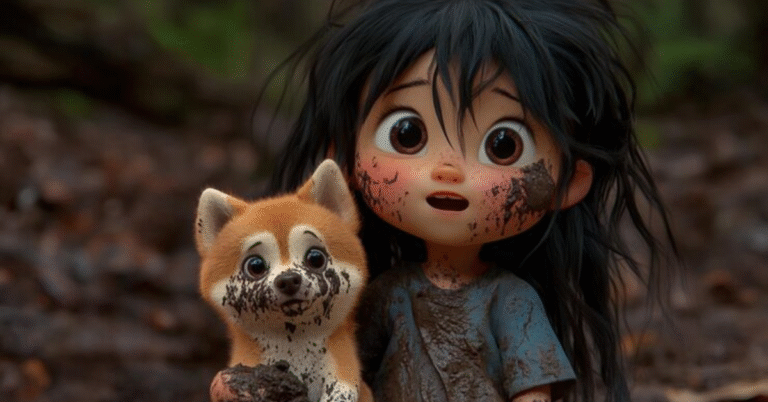Kewpie Doll Secrets That Will Melt Your Heart

Introduction
There are few toys in history that have captured hearts quite like the kewpie doll. With its curious sideways glance, cherubic cheeks, and whimsical wings, this lovable figure has enchanted audiences for over 100 years. Originally sketched in a magazine by artist Rose O’Neill in the early 1900s, the kewpie doll quickly transformed from comic strip illustration to collectible sensation—appearing everywhere from toy shops to fashion ads.
Whether you’re a seasoned collector in the US or UK, a fan of vintage design, or someone simply fascinated by timeless cultural icons, the story of the kewpie doll offers more than just nostalgia. This guide will take you deep into the doll’s remarkable journey—its origins, design, collectibility, and the influence it still holds in today’s pop culture.
You’ll learn how to recognize authentic vintage pieces, explore various types and eras of kewpie dolls, and discover the cultural footprint left by this playful character. Let’s step into the delightful world of the kewpie doll and see what makes it so loved, decade after decade.
The Origin Story of the Kewpie Doll
The story of the kewpie doll starts with a spark of imagination from Rose O’Neill, an American illustrator and activist. In 1909, her cherub-like characters made their debut in Ladies’ Home Journal, capturing readers’ attention with their playful personalities and angelic innocence.
By 1912, these charming figures leapt off the page and into the real world as bisque dolls crafted in Germany. These early creations were delicate and beautifully detailed, making them instant favorites and later, collector’s treasures.
Milestones in Kewpie Doll History:
- 1909: First appeared in comic strips
- 1912: German manufacturers produced the first dolls in bisque
- 1920s–30s: Celluloid versions emerged for affordability
- Post-WWII: Plastic and vinyl models became the standard
The name “Kewpie” is a playful twist on “Cupid”—the Roman god of love—and it’s fitting. With a message rooted in joy, kindness, and a touch of mischief, kewpies quickly earned their place in homes around the world. Thanks to O’Neill’s careful control over her creation, the doll’s charm has remained intact through every adaptation.
Design Features That Define a Kewpie Doll
So, what sets a kewpie doll apart from other collectible toys? It all comes down to its distinctive look—a design so timeless that it’s barely changed in over a century.
Signature Features:
- Side-glancing eyes full of wonder
- A single top curl on the head
- Pouty lips and rosy cheeks
- Tiny wings on the back
- Open arms, often molded in a welcoming gesture
As time passed, the materials used to make kewpie dolls evolved. Originally made from fine bisque porcelain, they transitioned to celluloid in the early 20th century, and later to vinyl and hard plastic after World War II.
Material Timeline:
- Bisque (porcelain): Original German models, fragile and hand-painted
- Celluloid: Lightweight, affordable, and widely distributed
- Vinyl/Plastic: Durable and ideal for mass production
Despite these changes, the essence of the kewpie has stayed the same—spreading joy with every glance.
Types of Kewpie Dolls From Vintage to Modern
Over the years, the kewpie doll has appeared in many forms, each with its own personality and appeal. Whether you’re hunting for antiques or browsing contemporary collectibles, knowing the differences can guide your journey.
1. German Bisque Kewpies
- Hand-painted with meticulous detail
- Produced between 1912–1930
- Highly prized for their quality and rarity
2. Celluloid Kewpies
- Made from thin plastic-like material
- Popular in the 1920s–40s
- Common in carnival prizes and novelty shops
3. Plastic and Vinyl Kewpies
- Introduced in the mid-1900s
- Affordable, durable, and mass-produced
- Still used in modern toy lines
4. Art Doll Kewpies
- Crafted by modern doll artists
- Often themed, seasonal, or part of limited collections
- Appeals to niche collectors
5. Merchandise and Figurines
- Includes plush toys, ceramic statues, and resin miniatures
- Popular as gifts, decor, and souvenirs
Understanding the various materials and designs will help you better evaluate the doll’s value, authenticity, and collectibility.
Collecting Kewpie Dolls Tips for Beginners
Starting your own kewpie doll collection can be both joyful and addictive. However, diving in without preparation might lead to missteps. Whether you’re just beginning or brushing up on the basics, a few foundational tips can help.
Helpful Collecting Tips:
- Start with a theme: Focus on vintage bisque, modern vinyl, or a specific era
- Learn to spot markings: Most authentic dolls have identifiers on their feet or back
- Use online communities: Facebook groups, forums, and collector clubs are invaluable
- Check condition carefully: Chips, discoloration, or missing limbs reduce value
- Beware of replicas: Especially with early models, reproductions are common
Where to Find Kewpie Dolls:
- Estate sales and vintage markets
- Reputable online auctions (eBay, Ruby Lane)
- Antique stores and toy fairs
- Collector exhibitions
With patience and a bit of research, even beginners can discover rare finds and build an impressive collection over time.
How to Identify Authentic Vintage Kewpie Dolls
Authenticity is crucial when it comes to valuable kewpie dolls—especially those from the early 20th century. Knowing what to look for can save you from buying a reproduction or overpaying.
Signs of Authenticity:
- Markings: Look for stamps like “Germany,” “O’Neill,” or mold numbers
- Painted features: Older dolls usually have hand-painted eyes and lips
- Material feel: Bisque has a matte, smooth finish distinct from plastic
- Size: Original dolls range from 2 to 12 inches, often with slight variations
Common Reproduction Clues:
- High-gloss finishes
- Poorly defined features or uneven molds
- Absence of factory markings
When buying high-value dolls, request provenance or certification where possible. Authentic dolls not only carry more historical value, but also maintain better resale potential.
The Cultural Impact of Kewpie Dolls
The influence of the kewpie doll goes far beyond playrooms and collector shelves. Over the years, it has become a cultural icon, representing everything from beauty to activism.
Kewpie’s Cultural Reach:
- Advertising legend: Used in branding for cosmetics, candy, and even mayonnaise
- Art and illustration: Rose O’Neill used Kewpies in political cartoons supporting women’s suffrage
- Pop culture appearances: Featured in fashion, music videos, and retro home décor
- Global exhibitions: Celebrated in museums and toy history displays
The doll’s enduring charm has allowed it to bridge generations—maintaining its playful spirit while adapting to modern tastes and movements.
How Kewpie Dolls Are Made Today
Today’s kewpie dolls are mostly produced using modern manufacturing methods but often stick to the original visual aesthetic created by O’Neill.
Production Process:
- Molding: Based on classic O’Neill designs
- Material: Typically soft vinyl or resin for flexibility and detail
- Hand-finishing: Painting facial details, assembling parts
- Packaging: Many include collectible tags or certificates
Several licensed brands continue to produce Kewpies, staying true to the iconic look while updating materials for safety and durability. Artisan dollmakers also create handcrafted versions in limited runs, attracting serious collectors worldwide.
Kewpie Dolls in Modern Collecting and Pop Culture
The kewpie doll has made a strong comeback in recent years, finding its place in fashion, pop culture, and niche collector markets.
Popular Trends:
- Designer collaborations: Kewpie dolls featured in high-end fashion and toy art
- Social media spotlight: TikTok and Instagram highlight unboxings and vintage hauls
- Kawaii culture: Popular in Japan and among fans of cute, nostalgic design
- Retro décor revival: Used in vintage-themed homes and displays
Whether displayed on a shelf, used in an art piece, or gifted to a new generation, the kewpie doll continues to spread joy in unique and imaginative ways.
Conclusion
The story of the kewpie doll is a beautiful blend of artistry, nostalgia, and timeless joy. From its birth in a comic strip over a century ago to its present-day presence in fashion, collectibles, and digital media, the kewpie has evolved while staying true to its core message—love, mischief, and charm.
For collectors, this doll represents a valuable slice of history and craftsmanship. It’s a timeless representation of playfulness and innocence for lovers of vintage culture.






